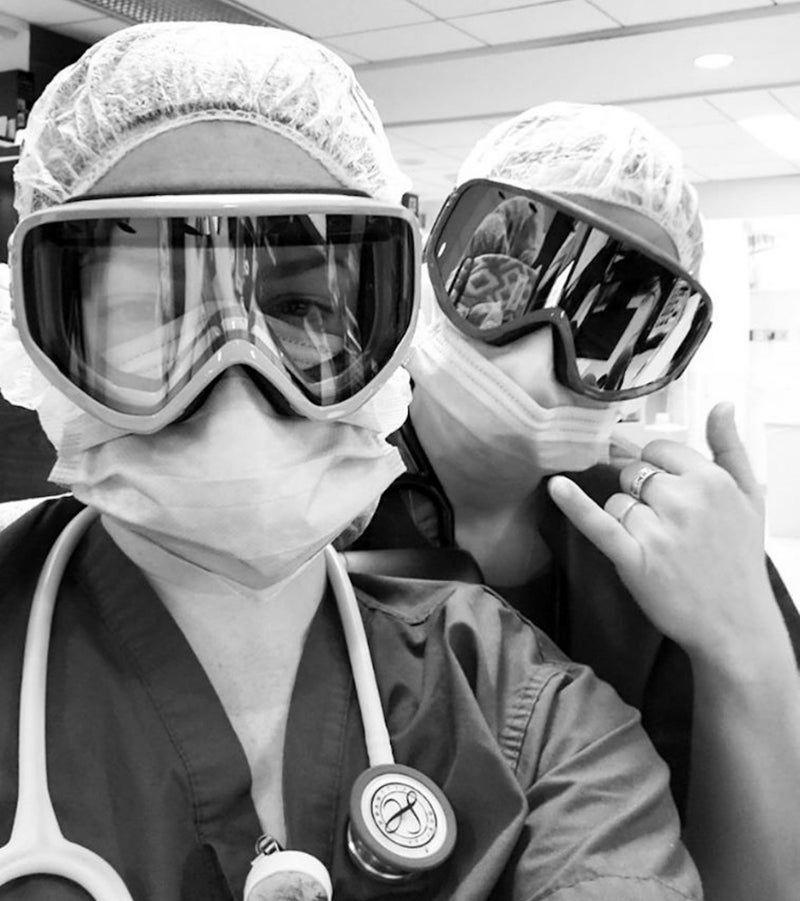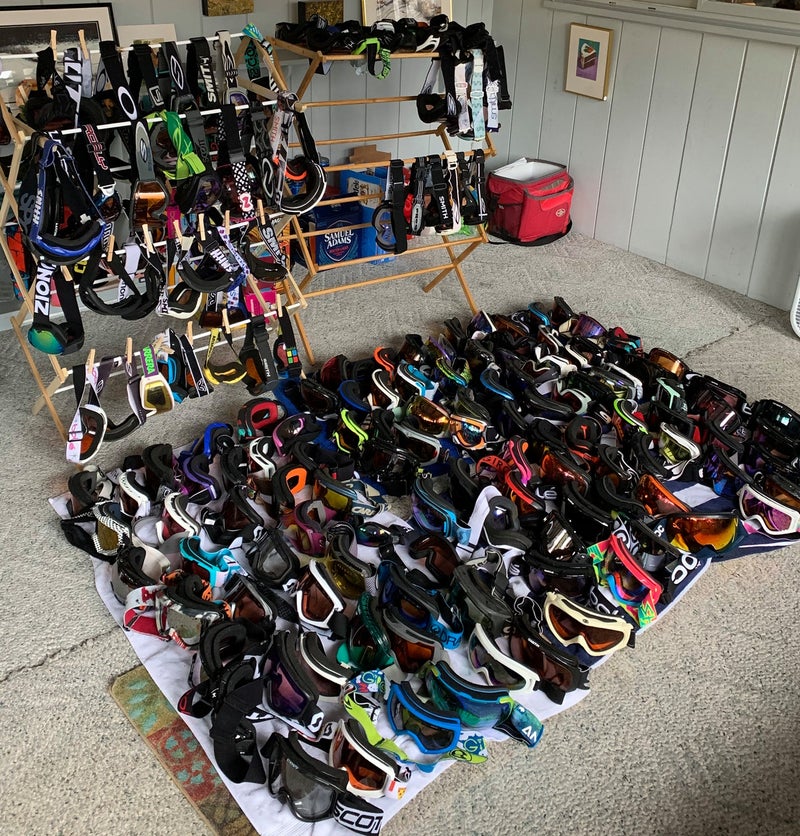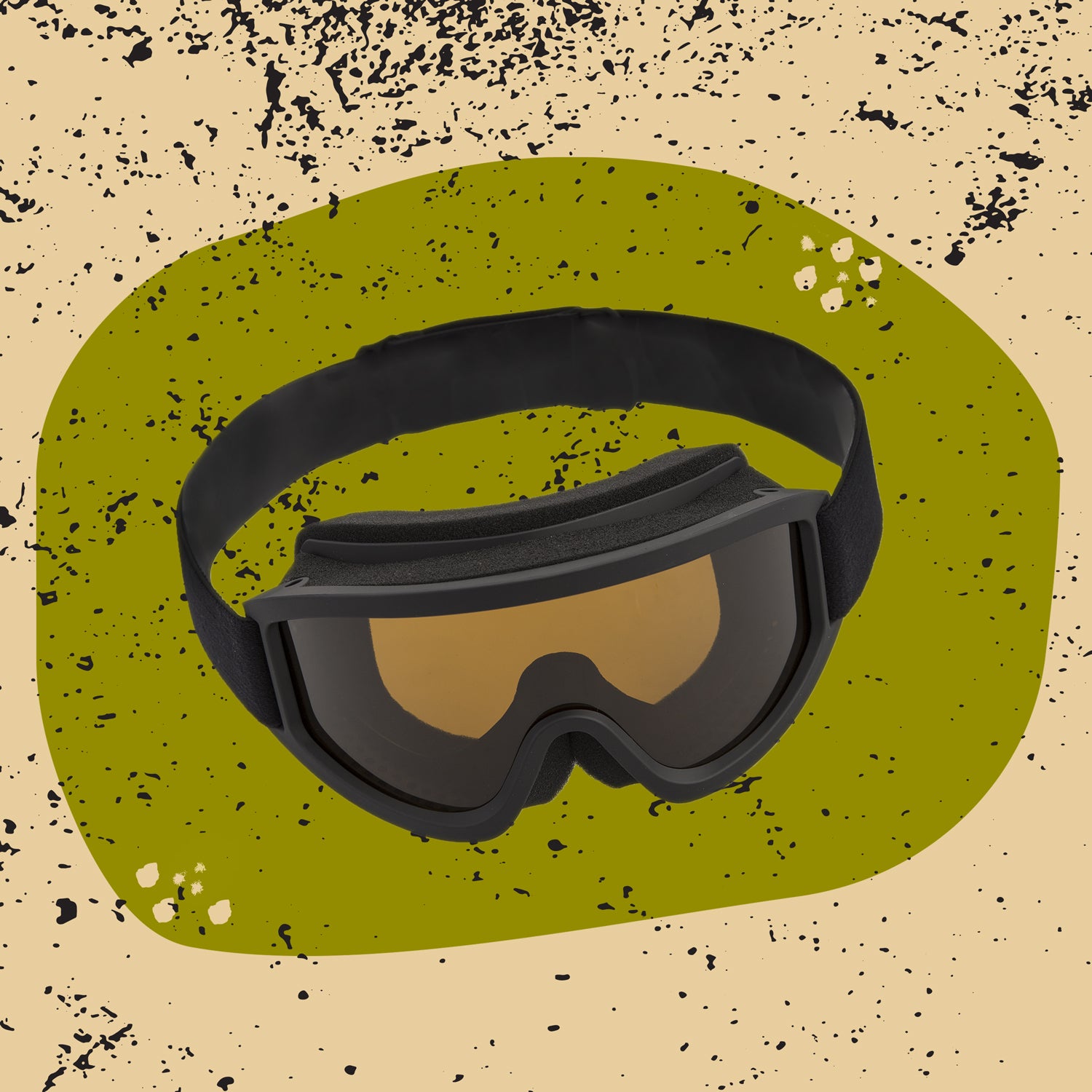As the COVID-19 pandemic causes a shortage of personal protective equipment (PPE), like face masks and eye protection, in hospitals across the globe, skiers and snowboarders have found a way to help: donating their goggles to hospitals in need. 
The movement began in New York City with skier and doctor Mike Halperin, who works at the Jacobi Medical Center scanning patientsÔÇÖ hearts and lungs for the novel coronavirus.┬áOn March 27, Halperin was thinking about the road ahead for health care workers┬áand the increasing need for PPE┬áwhen the lightbulb went on. He called his aunt and uncle in Steamboat Springs, Colorado,┬áwith a simple request: send ski goggles to New York City as soon as possible.
ÔÇťWhen a doctor is putting a breathing tube inÔÇöintubatingÔÇöthere is potential that, if you just have an eye shield and itÔÇÖs not sealed, those droplets┬ácan get into your eye,ÔÇŁ says Halperin.┬áÔÇťI want goggles in that situation┬áand want to put that face shield over the goggles.ÔÇŁ There are plenty of other medical staffers who need goggles┬áas well, Halperin notes, including those who are testing patients and cleaning facilities.

HalperinÔÇÖs request gained momentum fast. His aunt and uncle started gathering goggles in their community and┬áemailing as many skiers and snowboarders as possible to spread the word. The emails turned into many replies, forwards, text messages, and phone calls.
One of the email recipients was Jon Schaefer, the owner and general manager of two ski areas in western Massachusetts, Berkshire East and Catamount. On March 12, they were the first two ski resorts to close in the U.S. in response to the COVID-19 pandemic.
Shaefer was immediately intrigued by the goggle project. But he knew its momentum was unsustainable.┬áÔÇťMike had his personal info out there: his phone and his address,ÔÇŁ says Schaefer. ÔÇťAnd I thought, This guy is going to get 10,000 pairs of goggles delivered to his door.ÔÇŁ
So Schaefer and a contingent of other volunteers set up a Facebook group and a Google Sheet that detailed which hospitals to focus on and how to get them clean, usable goggles, conveying information like drop-off-station whereabouts, sanitization instructions, and hospital mailing addresses.
ÔÇťWe basically copied a Google Sheet format for deciding what parent would bring oranges to the soccer match,ÔÇŁ says Schaefer. ÔÇťSomething where people can communicate in real time about fulfillment needs.ÔÇŁ┬á

The Facebook group and Google Sheet were helpful, but not enough to succeed on their own. So Trevor Crist and Gregg Blanchard, both ski-industry insiders from the Vermont-based travel and booking company┬áInntopia, reached out to Shaefer and offered to build a custom website for free. Right away, Shaefer and Blanchard hopped on the phone and┬ácreated . It happened so fast that Schaefer canÔÇÖt even recall who even came up with the name.
The site launched on March 29 and, within 24 hours, over 1,700 pairs of goggles were shipped to hospitals in New York City, New Orleans, and beyond. At the time this article was written, the number of donated goggles had increased to 6,500 and is rising, thanks to a long list of individuals, ski resorts, and big brands like Anon, Julbo, Smith, and Uvex.
While ski goggles arenÔÇÖt the most traditional piece of equipment found in hospitals, the broadly calls for health care workers to wear ÔÇťgoggles or a disposable face shield that covers the front and sides of the face.ÔÇŁ And medical professionals like Dr. Ron Gross, a trauma and acute-care surgeon at St. Francis Hospital in Hartford, Connecticut, say these donations are adequate.
ÔÇťYou know that old saying, any port in a storm? I donÔÇÖt care what it is. As long as it serves a purpose, itÔÇÖs needed,ÔÇŁ he says. ÔÇťAnd if we donÔÇÖt have enough eye protection or face shields, these goggles are absolutely needed.ÔÇŁ
To donate goggles or get involved, visit .


